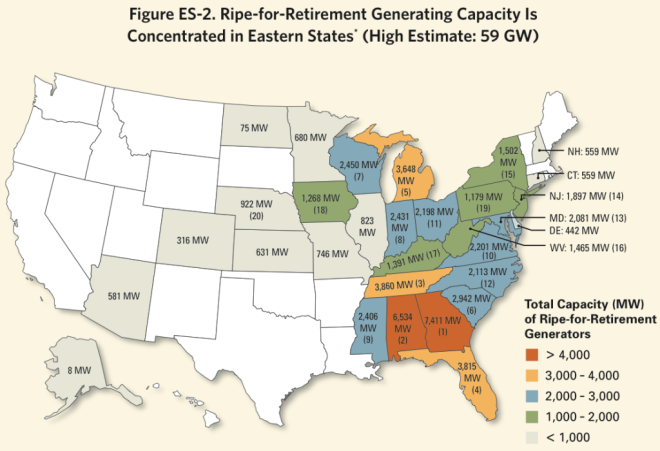The American Legislative Exchange Council (ALEC) is at it again, trying to roll back state renewable energy standards nationwide. The argument behind their model bill, entitled the Electricity Freedom Act, is that renewable energy is simply too expensive. The Skeptical Science blog offers a good short debunking of this claim, based on the cost of electricity in states with aggressive renewable energy goals, and how those costs have changed over the last decade. And this is before any social cost of carbon or other more traditional pollutants is incorporated into the price of fossil fuel based electricity.

Their summary:
- States with a larger proportion of renewable electricity generation do not have detectably higher electric rates.
- Deploying renewable energy sources has not caused electricity prices to increase in those states any faster than in states which continue to rely on fossil fuels.
- Although renewable sources receive larger direct government subsidies per unit of electricity generation, fossil fuels receive larger net subsidies, and have received far higher total historical subsidies.
- When including indirect subsidies such as the social cost of carbon via climate change, fossil fuels are far more heavily subsidized than renewable energy.
- Therefore, transitioning to renewable energy sources, including with renewable electricity standards, has not caused significant electricity rate increases, and overall will likely save money as compared to continuing to rely on fossil fuels, particularly expensive coal.
But really, go read the entire post for more detail.
